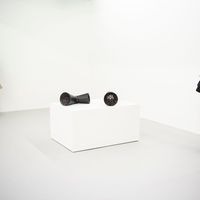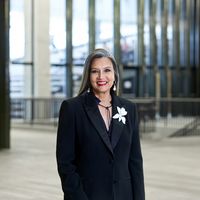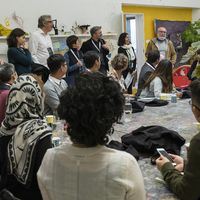CIMAM conference on "attentive" museums | Interview with Mami Kataoka
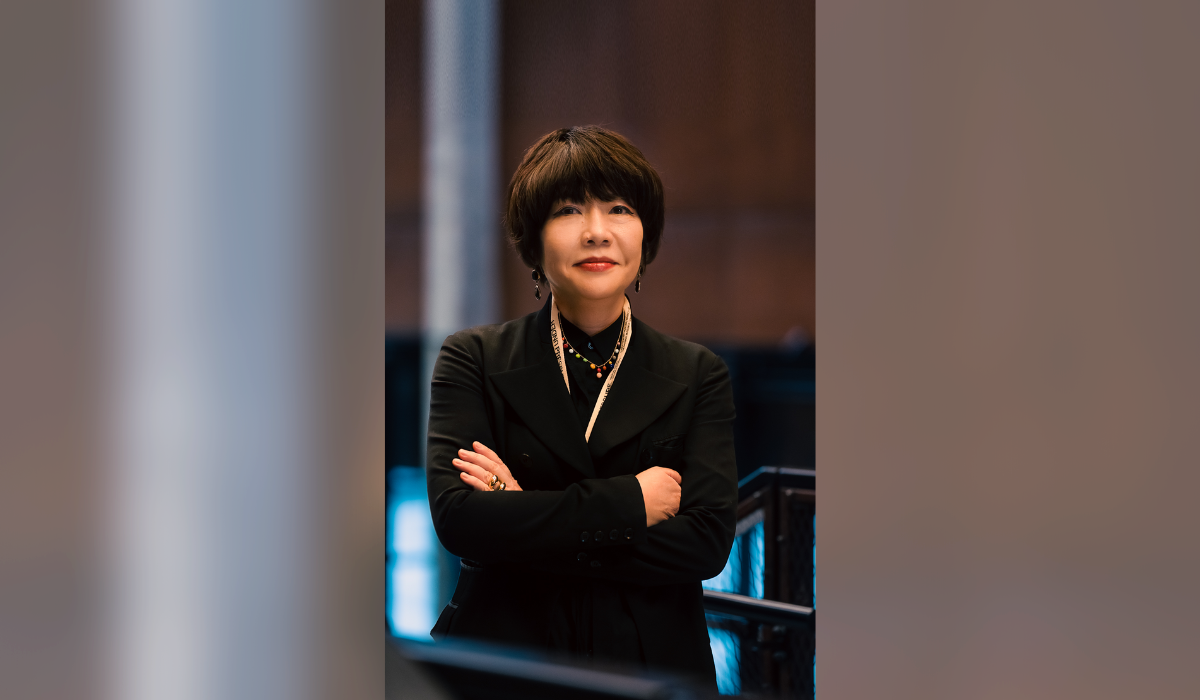
On the occasion of the annual CIMAM Conference entitled “The Attentive Museum: Permeable Practices for a Common Ground", we have interviewed the President of CIMAM and Director of the Mori Art Museum in Tokyo, Mami Kataoka.
- What was the topic of this year’s conference? Anything in particular that you would like to highlight?
This year CIMAM will celebrate its 54th Annual Conference, entitled “The Attentive Museum: Permeable Practices for a Common Ground,” taking place on November 11-13 at Es Baluard Museu d'Art Contemporani de Palma in Spain, in a context where the entire world is recovering from the Covid pandemic.
Since last year's CIMAM Annual Conference in Poland, entitled "Under Pressure. Museums in times of xenophobia and climate emergency", which remains an urgent topic, and right before the start of the Russian invasion of Ukraine in early February this year, it seems that all these conflicts and divisions are expanding further.
In the context of CIMAM's 60th-anniversary celebration, I believe this attitude of attention, or mutual listening, is more important than ever. In particular, we are looking for common ground among CIMAM members, more than 700 professionals from 82 countries, one-third of the countries in the world, who use modern and contemporary art as a common language. So, what we can find as common ground is a very timely theme for this year's Annual Conference.
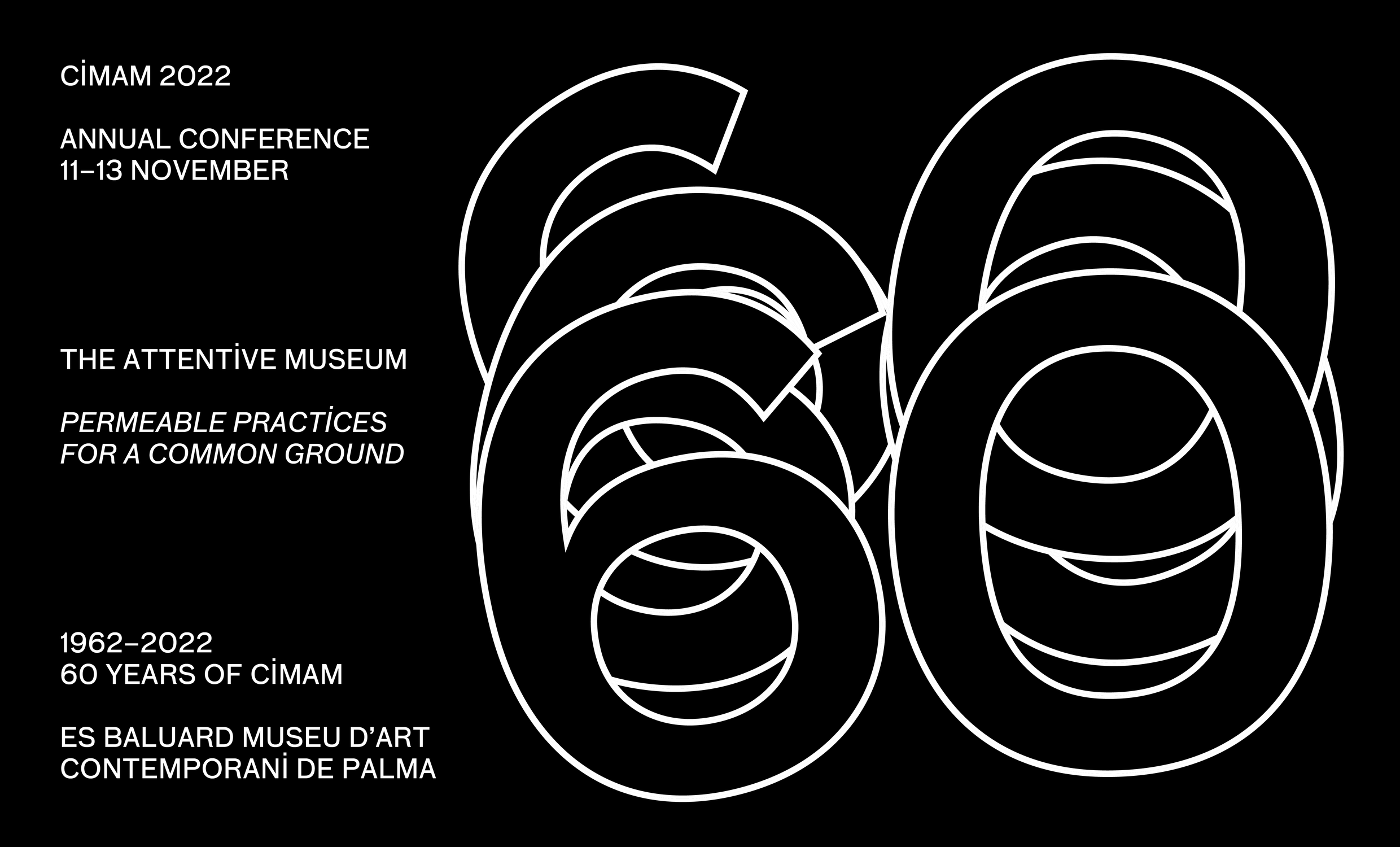
CIMAM is celebrating 60 years in 2022. How has the organisation adapted to the evolving geo-political and cultural context? Does the mission of the organisation remain the same or has it also changed with the times?
CIMAM was established in 1962 as the International Committee for Modern Art within ICOM. The position of modern and contemporary art was minimal, and there was only limited platform for discussion for even primarily male European directors.
Over the years, the organisation grew and required more organisational structure to continue responding to the demands of the modern and contemporary art museum community with larger number of members from more diverse cultural backgrounds. Examples are the creation of working groups such as Museum Watch in 2012 or Sustainability and Ecology in Museum Practice and others created in 2019.
The second half of CIMAM's history began in 1992 and was marked by the symbolic moment when the contemporary art museum world diversified. In the 1990s, the term multiculturalism began to be used, and biennials, triennials, and contemporary art museums began to open in non-Western regions. That was the time I started to develop global networks of artists and curators. Now, in 2022, while institutions are resuming their activities after Covid, some places worry me that they will close again because of the kind of nationalistic attitude which might close the doors that had been open for the last 30 years.
When we look back at the 60-year history of CIMAM, we see how the change that CIMAM has undergone reflects the evolution of museum needs over these last six decades.
2022 marks also the beginning of a new post-pandemic recovery phase. What are the most important learnings from the last 3 years for the museum sector? What are the challenges and opportunities for the museum sector going forward?
As soon as my 3-year term as CIMAM president began, Covid arrived. The Board initiated a series of Webinars “Rapid Response” every month, which became a way to connect with the various CIMAM members around the world. This made me realise that in fact there were many members who were unable to attend the Annual Conference even before Covid, for various reasons. Now we see that the members increased by 742 during these years, and this is not unrelated with the fact that CIMAM activated its communications with members through digital activities. And I hope “Rapid Response” continues even after Covid is gone.
What is also remarkable about these past 3 years, in addition to digitisation, is that diversity, sustainability and governance became an important and evident issue when museums were in a challenging situation during the Covid era. When 90% of the museum across the world had to close their doors, we had to question our raison d'être and how to maintain our activities.
In terms of sustainability, CIMAM activated the Toolkit on Environmental Sustainability in Museum Practice in 2021. Now we are evaluating the results of a survey of the international museum community to address its commitment to achieving some of the SDGs of the UN's 2030 Agenda.
The change in CIMAM's fee system promotes inclusivity among the international community of museum professionals with less financial restrictions. Regarding diversity, the fact that CIMAM has the first non-European president is quite symbolic change to further expand our membership to different parts of the world.
In respect to governance, which was be the central theme of the first day of the Annual Conference, we have to consider the different governments and policies across the world, with the rise of authoritarianism and the extreme right-wing in some regions. We are all facing a challenging time in the museum industry, especially people in leadership positions. So, what is the best way to govern, given the differences from place to place? We should be able to continue discussing different models and possibilities for each member to reflect on where they are in their countries.
In the last 30 years, CIMAM has opened up to Asian museums as members and venues for international conferences. However, the representation from Asia is still limited. Are there any plans to continue expanding the presence and participation of Asian museums in CIMAM in the near future?
The first CIMAM Annual Conference in Asia was held in Tokyo in 1994, in Seoul in 2004, in 2010 in Shanghai, in 2015 again in Tokyo, in 2017 in Singapore, and 2019 in Sydney. Each time we hold an Annual Conference in Asia-Pacific region, CIMAM members from those regions had grown, and currently representing 17% of our community.
Since the 1990s, the economy in some Asian regions has been progressing, compared to the declining economy in Japan or Western countries, and this economic development in China, India, and Southeast Asia is bringing more collectors in the market which has been growing modern and contemporary art museums and its community. As a result, many new museums have been built in these regions, and now they are working on building the audience, which is a new challenge for all these museums.
Every time we bring the Annual Conference to Asia, we gain quite a few members from these regions. I think the number of members will continue to increase.
However, the most important thing is how museums in Asia could come together within the region and, at the same time, reflect on this global common ground and the global language of contemporary art and how it could be reflected in the Asian regions, to continue the dialogue with the rest of the world.
To learn more about CIMAM, visit here: https://www.cimam.org/
Similar content
from - to
28 May 2020 - 28 May 2020
10 Nov 2017 - 12 Nov 2017
from - to
18 Nov 2016 - 20 Nov 2016
deadline
05 May 2019
deadline
30 Jun 2022

